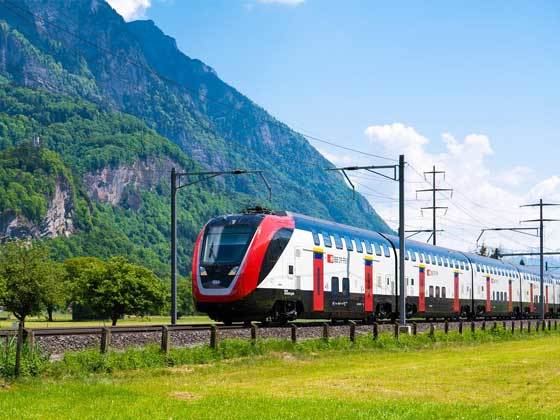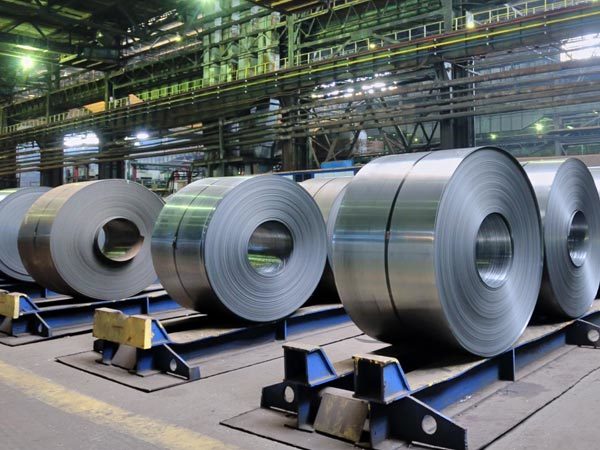What are the welding methods of steel bars?
Time:
Jan 17,2024
The welding methods of steel bars mainly include the following:
Flash butt welding: two steel bars are placed opposite to each other, assembled into a butt joint, and the end faces are heated and melted by power supply before welding.
Arc welding: including manual arc welding (SMAW) and submerged arc welding (SAW), using arc to generate high temperature to heat the steel bar to a molten state, and forming a weld through filler material (welding rod).
Electroslag pressure welding: two steel bars are placed in a vertical butt joint form, and the welding current is passed through the gap between the two steel bars to form an arc process and a gate process under the solder layer, generating arc heat and resistance heat, and melting the steel bar to complete a pressure welding method.
Resistance spot welding: a welding method using resistance heating, clamping the steel bar between two electrodes, passing the current through the steel bar to generate heat, melting it and forming a weld.
Gas pressure welding: a welding method that uses inert gas (such as argon) or active gas (such as carbon dioxide) for protection through gas shielded welding.
Lap welding: one of the most common welding methods, requiring ten Ds for single-sided welding and five Ds for double-sided welding, where D represents the diameter of the steel bar.
Straight thread welding: a portion of the steel bar end is cut off by cutting, then rolled directly into ordinary threads, connected with a special straight thread sleeve, and finally the steel bar connection is formed.
These methods have their own characteristics and are suitable for different welding needs and scenarios. When welding steel bars, relevant safety standards and specifications should be followed to ensure welding quality and structural reliability.








